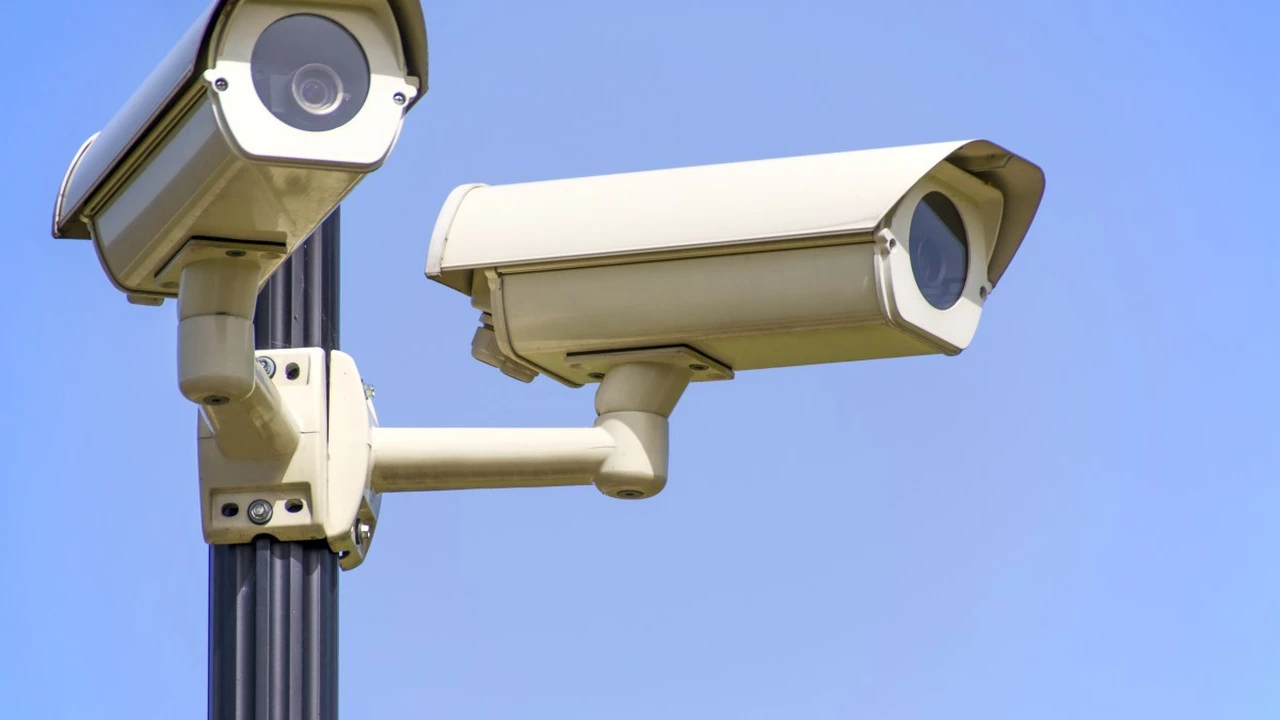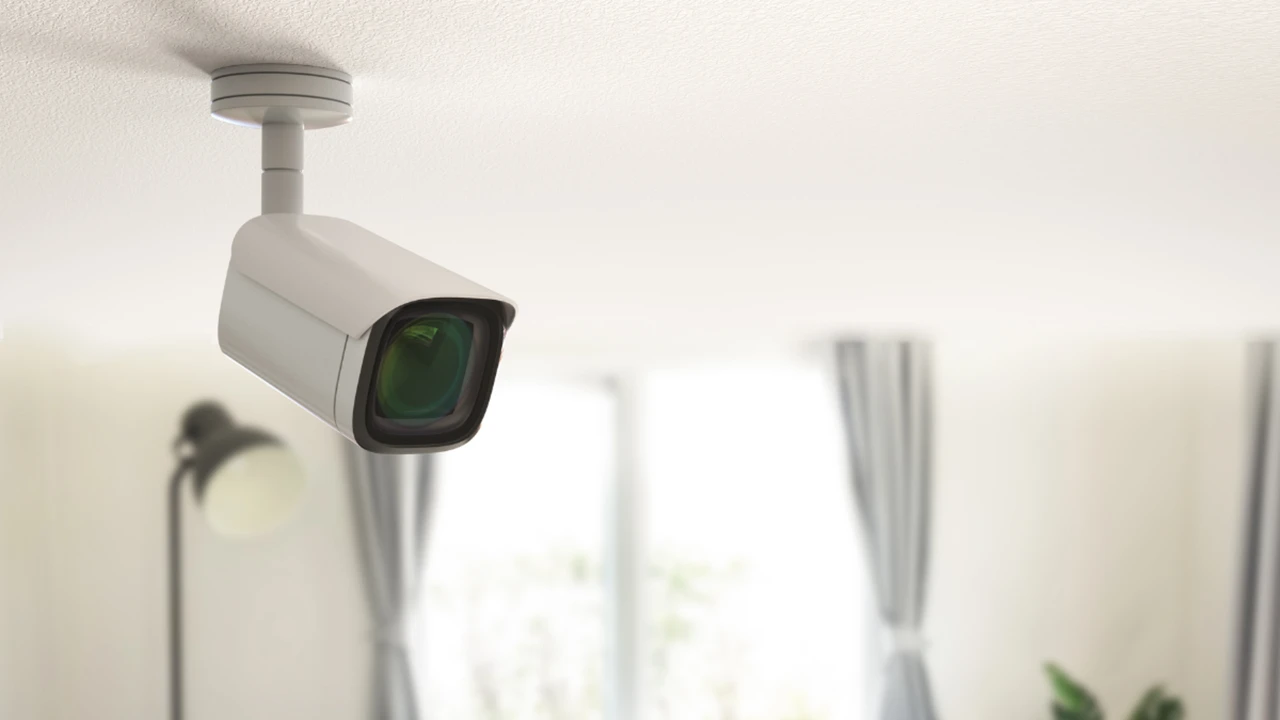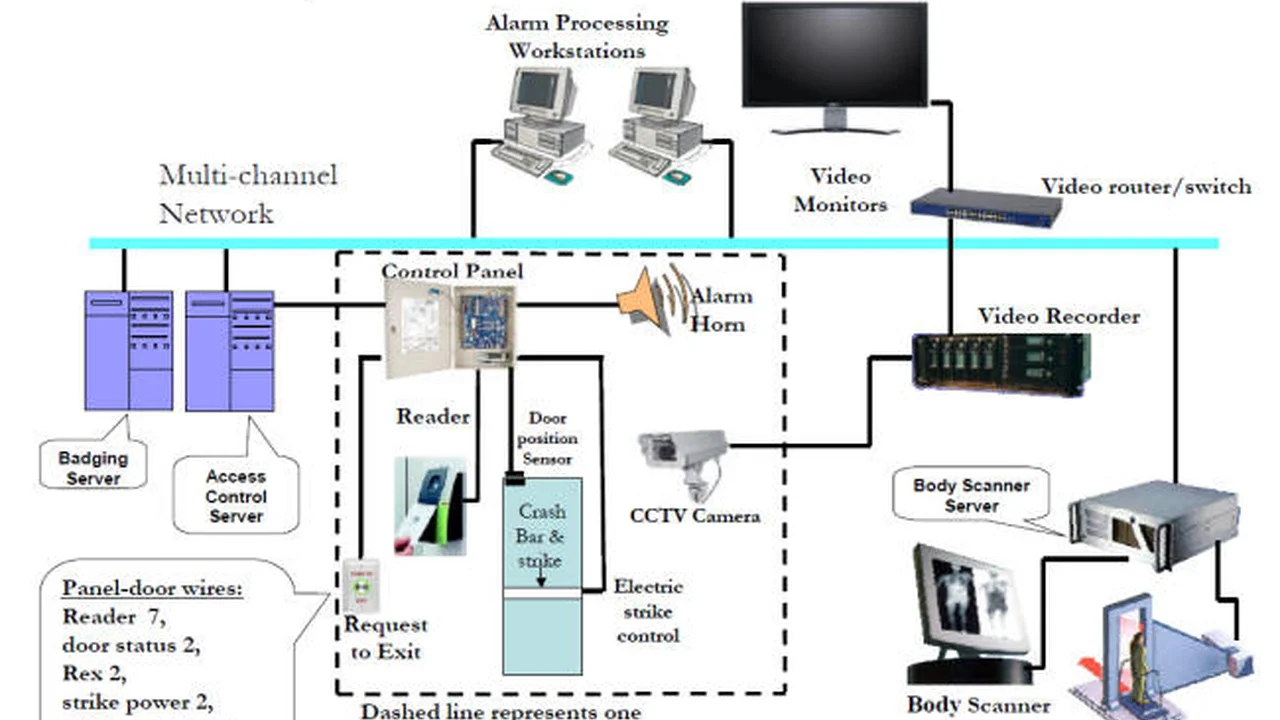CCTV Systems for Retail Stores Preventing Theft
Discover effective CCTV systems tailored for retail environments to deter theft and monitor customer activity.

CCTV Systems for Retail Stores Preventing Theft
Why Retail Stores Need Robust CCTV Systems for Loss Prevention
Hey there, retail store owners and managers! Let's talk about something that probably keeps you up at night: theft. Whether it's shoplifting, employee pilferage, or even organized retail crime, losses can significantly impact your bottom line. That's where a robust CCTV system comes into play. It's not just about catching thieves; it's about deterring them in the first place, monitoring customer behavior, and providing crucial evidence if something does go wrong. Think of it as your silent, ever-vigilant security guard, working 24/7 without a coffee break. In today's competitive retail landscape, every dollar counts. A well-implemented CCTV system can drastically reduce inventory shrinkage, improve employee accountability, and even enhance customer safety. Plus, the mere presence of cameras can make potential offenders think twice. It's a powerful psychological deterrent. But with so many options out there, how do you choose the right system for your specific retail environment? Let's dive in and explore the best CCTV systems tailored for retail, focusing on features, use cases, product comparisons, and pricing.Key Features to Look for in Retail CCTV Systems for Enhanced Security
When you're looking at CCTV systems for your retail store, you're not just buying cameras; you're investing in a comprehensive security solution. Here are the key features you should prioritize:High-Resolution Cameras for Clear Surveillance Footage
This is non-negotiable. You need cameras that can capture clear, detailed images, especially for identifying faces and distinguishing product details. We're talking 1080p (Full HD) at a minimum, but ideally, you should aim for 4K resolution. Higher resolution means better zoom capabilities without pixelation, which is crucial for reviewing footage and identifying suspects. Imagine trying to identify a shoplifter from blurry footage – it's a nightmare. Clear footage makes all the difference for law enforcement and internal investigations.Wide-Angle Lenses and Pan-Tilt-Zoom (PTZ) Capabilities for Comprehensive Coverage
Retail spaces often have blind spots. Wide-angle lenses help cover larger areas with fewer cameras, reducing installation costs. PTZ cameras are fantastic for monitoring dynamic areas like entrances, exits, and high-value product displays. You can remotely control them to pan across a scene, tilt up or down, and zoom in on suspicious activity. This flexibility is invaluable for active monitoring and responding to incidents in real-time.Excellent Low-Light Performance and Night Vision for 24/7 Monitoring
Your store isn't just vulnerable during opening hours. Break-ins often happen at night. Cameras with excellent low-light performance and infrared (IR) night vision ensure continuous monitoring, even in complete darkness. Look for cameras with a good IR range and features like Starlight or ColorVu technology, which can capture color images in very dim light, providing even more detail than traditional black-and-white IR footage.Advanced Motion Detection and AI Analytics for Smart Alerts
Basic motion detection is good, but advanced AI analytics are a game-changer for retail. These systems can differentiate between a customer browsing and someone loitering suspiciously. They can detect loitering, unattended bags, crowd density, and even facial recognition (where legally permissible). This means fewer false alarms and more actionable alerts, allowing your staff to respond proactively to potential threats rather than just reacting after the fact. Some systems can even track customer paths, providing valuable insights into store layout and product placement.Remote Monitoring and Mobile Access for On-the-Go Management
As a store owner, you can't be everywhere at once. Remote monitoring via a smartphone app or web browser is essential. This allows you to check in on your store from anywhere, anytime. You can view live feeds, review recorded footage, and receive alerts directly on your phone. This peace of mind is invaluable, especially when you're away from the store or managing multiple locations.Secure Cloud Storage or Reliable Local Storage for Footage Retention
Where will your footage be stored? Cloud storage offers convenience, off-site backup, and easy access, but often comes with a recurring fee. Local storage, typically on a Network Video Recorder (NVR) or Digital Video Recorder (DVR), gives you full control and no monthly fees, but requires physical security for the device. Many systems offer a hybrid approach, combining the best of both worlds. Ensure your chosen solution provides sufficient storage capacity and reliable backup options to meet your retention policies.Integration with POS Systems and Other Security Devices for a Unified Solution
True retail security goes beyond just cameras. Look for CCTV systems that can integrate with your Point of Sale (POS) system. This allows you to overlay transaction data onto video footage, making it easier to identify sweethearting, void scams, or other employee theft. Integration with access control systems, alarm systems, and even smart lighting can create a truly unified and powerful security ecosystem.Top CCTV Systems for Retail Stores A Comparative Review
Let's look at some popular and effective CCTV systems that are well-suited for retail environments. We'll compare their features, ideal use cases, and approximate pricing.Hikvision AcuSense Series for Smart Retail Surveillance
Ideal Use Case: Medium to large retail stores, supermarkets, and boutiques looking for advanced AI features and reliable performance.
Key Features: Hikvision's AcuSense technology is a standout. It uses deep learning algorithms to distinguish between humans and vehicles from other moving objects, drastically reducing false alarms caused by animals, rain, or falling leaves. This means you get more accurate alerts for actual threats. They offer high-resolution cameras (up to 4K), excellent low-light performance (ColorVu technology for color images in near darkness), and robust NVRs. Their cameras often come with built-in microphones for audio recording (check local laws) and two-way audio capabilities. Integration with their Hik-Connect app provides seamless remote monitoring.
Pros: Highly accurate AI detection, excellent image quality, strong low-light performance, wide range of camera types (dome, bullet, turret), robust NVRs, good value for money for the features offered.
Cons: Can be complex to set up for beginners, some advanced features require specific NVR models, potential privacy concerns with facial recognition (ensure compliance).
Approximate Pricing: A basic 4-camera AcuSense system with an NVR might start around $800 - $1,500. Larger systems with more advanced cameras and higher storage capacity can easily go up to $3,000 - $5,000+.
Dahua TiOC (Three-in-One Camera) for Proactive Deterrence
Ideal Use Case: Retail stores needing proactive deterrence, especially during off-hours, and clear visual and auditory warnings.
Key Features: Dahua's TiOC cameras are designed for active deterrence. They combine 24/7 full-color monitoring (thanks to warm LED illuminators), active deterrence features (red and blue flashing lights, siren), and AI-powered perimeter protection. When a potential intruder is detected, the camera can flash lights and sound an alarm, often before they even enter the premises. This is incredibly effective for preventing break-ins. They also offer high resolution, excellent low-light performance, and smart motion detection. Their NVRs are user-friendly and support remote access via the DMSS app.
Pros: Excellent proactive deterrence, 24/7 full-color imaging, accurate AI detection, good build quality, user-friendly software.
Cons: Flashing lights and sirens might be overkill for some indoor retail settings, can be slightly more expensive than basic models, requires careful placement to avoid false alarms from active deterrence features.
Approximate Pricing: A 4-camera TiOC system with an NVR could range from $1,000 - $2,000. Larger installations with more advanced TiOC cameras would be higher.
Ubiquiti UniFi Protect for Scalable and Integrated Solutions
Ideal Use Case: Retail stores that already use Ubiquiti networking equipment or those looking for a highly scalable, user-friendly, and integrated security ecosystem.
Key Features: UniFi Protect is Ubiquiti's video surveillance platform. It's known for its ease of use, intuitive interface, and seamless integration with other UniFi networking devices (like Wi-Fi access points and switches). The cameras offer good resolution (up to 4K), decent low-light performance, and a variety of form factors. The system uses a dedicated UniFi Protect NVR (like the Cloud Key Gen2 Plus or UNVR) for local storage, with no recurring monthly fees for basic features. It offers smart detection features, motion zones, and remote access via the UniFi Protect app. The ecosystem approach means you can manage your network and security from a single pane of glass.
Pros: Extremely user-friendly, no monthly fees for core features, excellent integration with UniFi network, scalable, good image quality, reliable local storage.
Cons: Camera selection is not as vast as Hikvision or Dahua, advanced AI analytics are still developing compared to dedicated security brands, requires UniFi NVR hardware.
Approximate Pricing: A 4-camera UniFi Protect system with a Cloud Key Gen2 Plus NVR might cost around $700 - $1,200. Larger systems with more cameras and a UNVR could be $1,500 - $3,000+.
Arlo Pro/Ultra Series for Wireless Flexibility and DIY Installation
Ideal Use Case: Small retail stores, pop-up shops, or businesses needing flexible, wire-free camera placement and easy DIY installation.
Key Features: Arlo cameras are renowned for their wire-free design, making installation incredibly simple. The Pro and Ultra series offer high resolution (up to 4K for Ultra), color night vision, integrated spotlights, and two-way audio. They connect to a base station (SmartHub) and offer cloud storage plans (subscription required for advanced features and longer retention). Their AI can differentiate between people, vehicles, and animals, reducing false alerts. The mobile app is very user-friendly, making remote monitoring a breeze.
Pros: Completely wire-free (battery-powered), easy DIY installation, high resolution, color night vision, integrated spotlight and siren, user-friendly app.
Cons: Battery life needs management (though long-lasting), requires a subscription for full features and cloud storage, not ideal for 24/7 continuous recording in high-traffic areas, can be more expensive per camera than wired alternatives.
Approximate Pricing: An Arlo Pro 4 3-camera kit with a SmartHub might be around $500 - $700. An Arlo Ultra 2 2-camera kit could be $600 - $800. Additional cameras and subscription plans add to the cost.
Reolink PoE Systems for Budget-Friendly High-Resolution Surveillance
Ideal Use Case: Retail stores on a tighter budget but still requiring high-resolution, reliable wired surveillance.
Key Features: Reolink offers a wide range of Power over Ethernet (PoE) camera systems that provide excellent value. Their cameras often boast 4K resolution, good night vision, and some models include smart person/vehicle detection. PoE means a single Ethernet cable provides both power and data, simplifying installation compared to traditional wired systems. They come with NVRs for local storage and offer remote access via their intuitive app. Reolink also has some Wi-Fi camera options for added flexibility.
Pros: Very budget-friendly for the resolution offered, easy PoE installation, no monthly fees for local storage, good image quality, user-friendly app.
Cons: AI analytics are not as advanced or refined as Hikvision/Dahua, customer support can be hit or miss, some models might have less robust build quality than premium brands.
Approximate Pricing: A Reolink 8-channel 4K PoE system with 4 cameras and an NVR can be found for $400 - $700. Larger systems with more cameras would increase the cost.
:max_bytes(150000):strip_icc()/277019-baked-pork-chops-with-cream-of-mushroom-soup-DDMFS-beauty-4x3-BG-7505-5762b731cf30447d9cbbbbbf387beafa.jpg)






